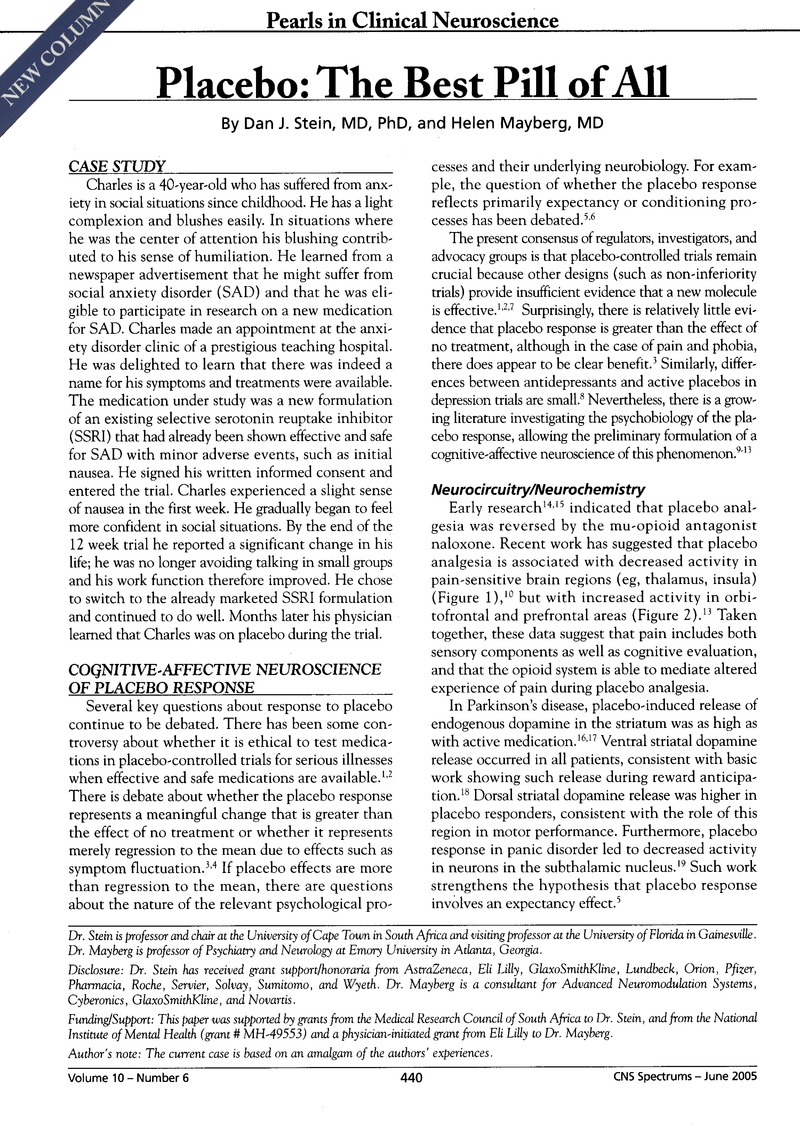Crossref Citations
This article has been cited by the following publications. This list is generated based on data provided by Crossref.
Stein, Dan J.
Ives-Deliperi, Victoria
and
Thomas, Kevin G.F.
2008.
Psychobiology of Mindfulness.
CNS Spectrums,
Vol. 13,
Issue. 9,
p.
752.
Ganasen, Keith A.
and
Stein, Dan J.
2012.
Psychobiological Approaches for Anxiety Disorders.
p.
5.
Stein, Dan J
2012.
Antidepressants and Major Depressive Disorder.
p.
2.
Stein, Dan J
2012.
Antidepressants and Major Depressive Disorder.
Leigh, Hoyle
2013.
Somatization and Psychosomatic Symptoms.
p.
33.
Stein, Dan J.
2015.
Antidepressant‐placebo differences: is the glass half full or half empty?.
World Psychiatry,
Vol. 14,
Issue. 3,
p.
257.
Leigh, Hoyle
2019.
Global Psychosomatic Medicine and Consultation-Liaison Psychiatry.
p.
485.
Krimmel, Samuel R.
Zanos, Panos
Georgiou, Polymnia
Colloca, Luana
and
Gould, Todd D.
2020.
Classical conditioning of antidepressant placebo effects in mice.
Psychopharmacology,
Vol. 237,
Issue. 1,
p.
93.
Stein, Dan J.
2022.
Comprehensive Clinical Psychology.
p.
97.
Raghuraman, Nandini
White, Jewel N.
Watson, Lakota
Belleï-Rodriguez, Carmen-Édith
Shafir, Roni
Wang, Yang
and
Colloca, Luana
2024.
Neuropsychological mechanisms of observational learning in human placebo effects.
Psychopharmacology,



